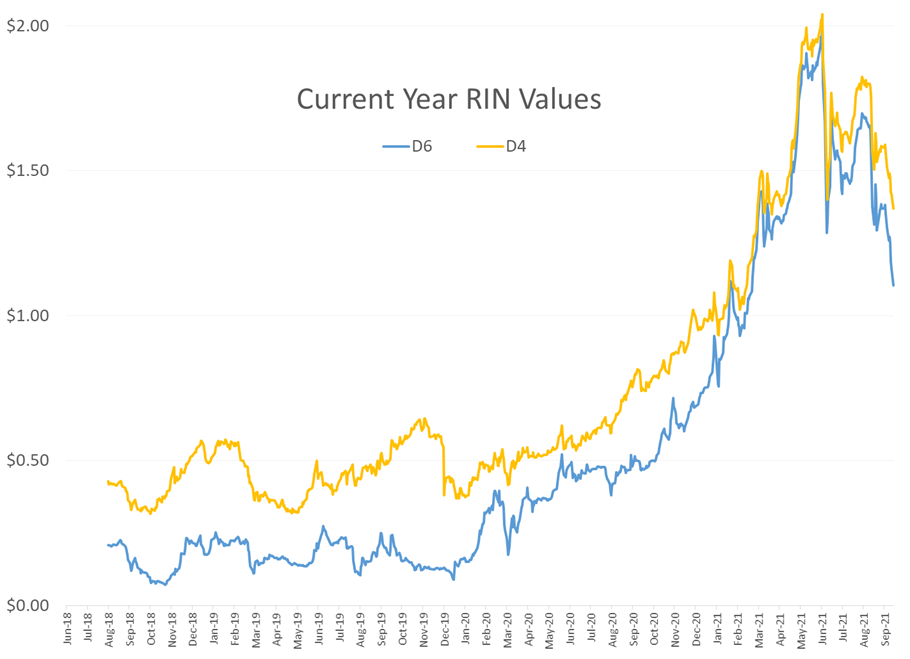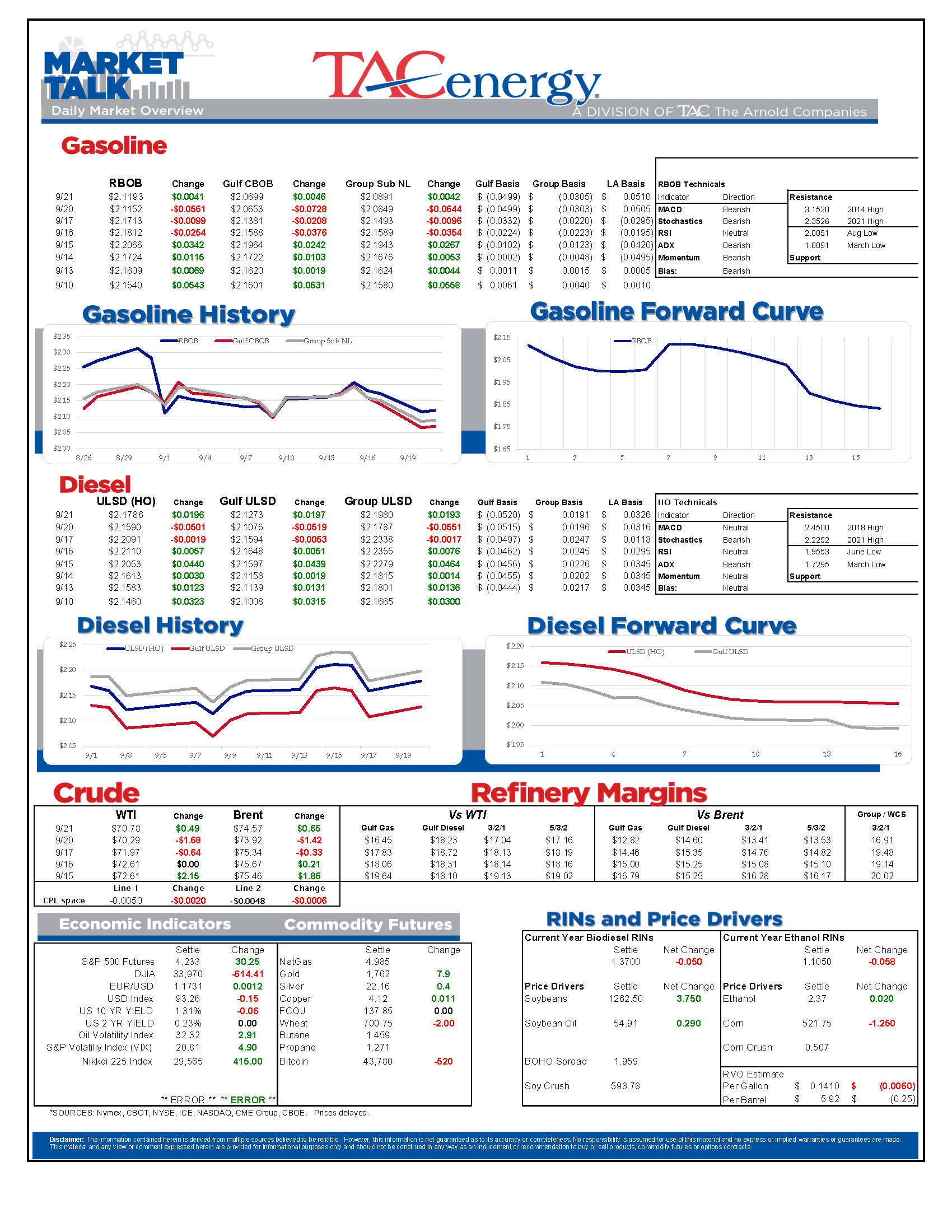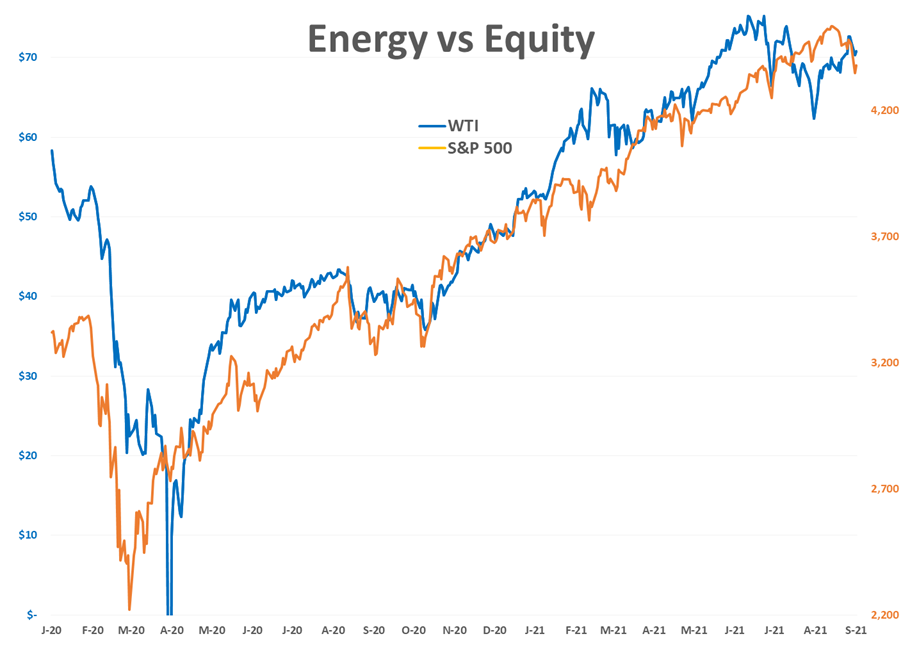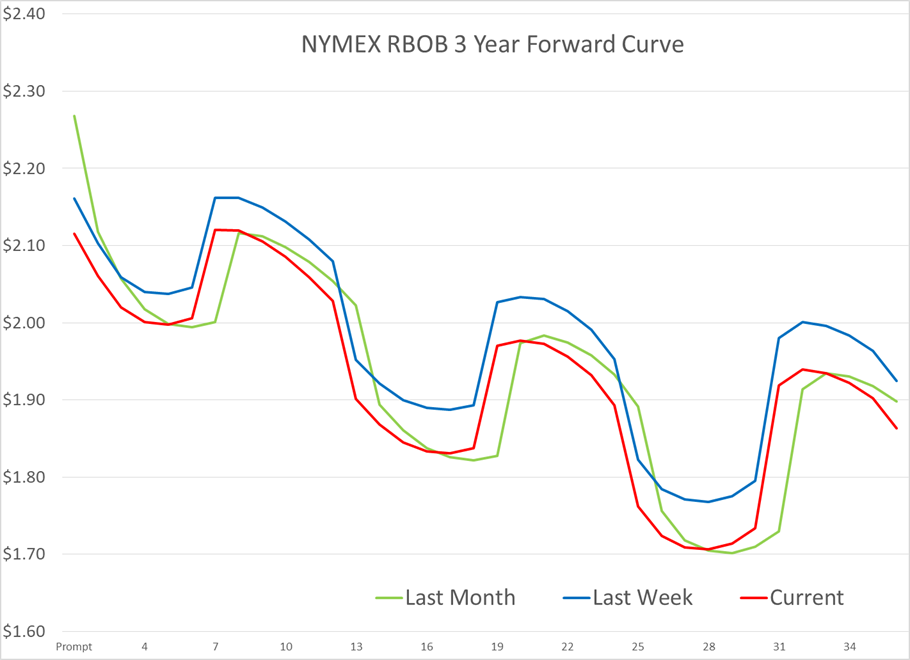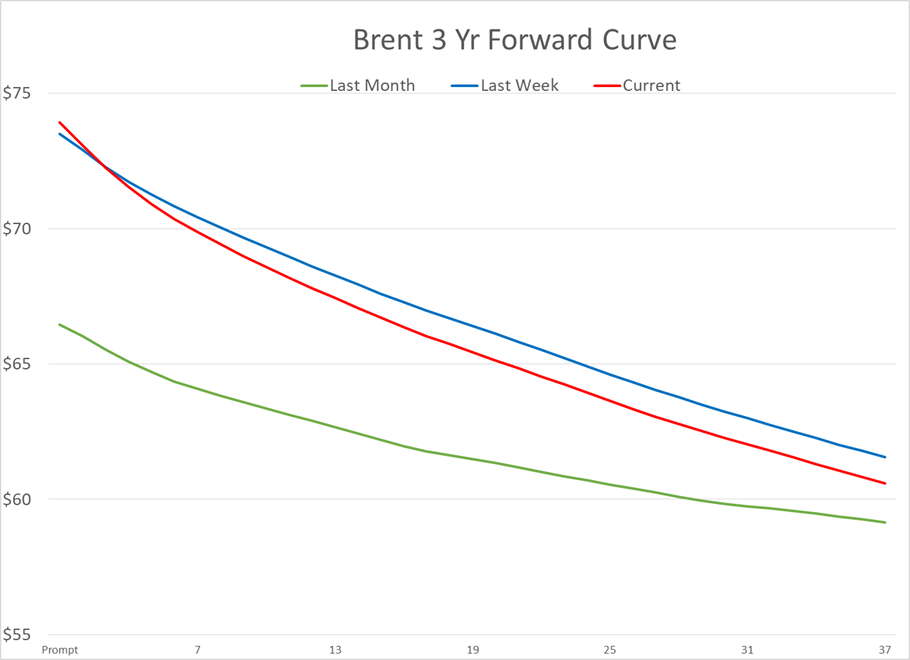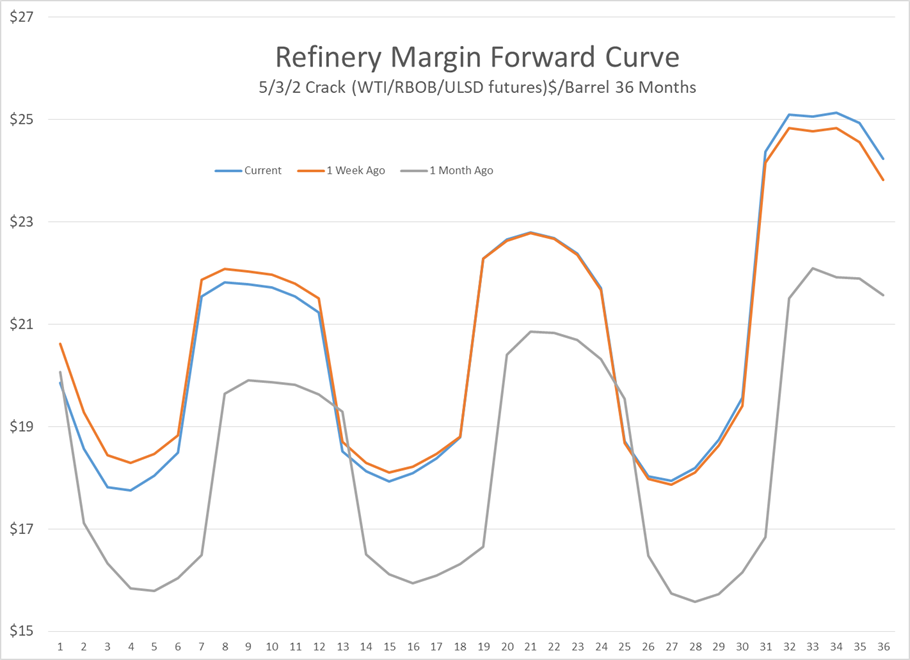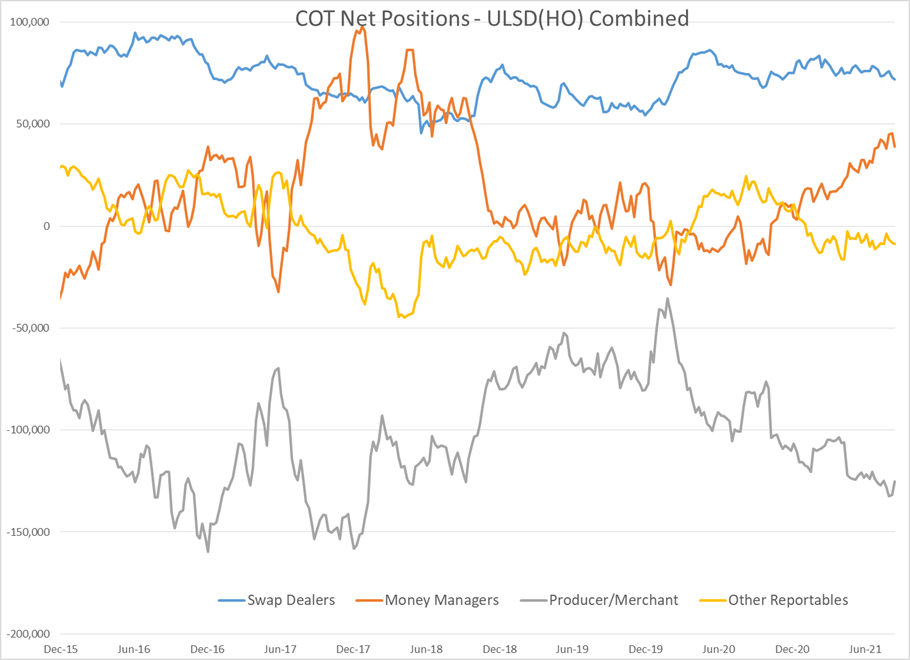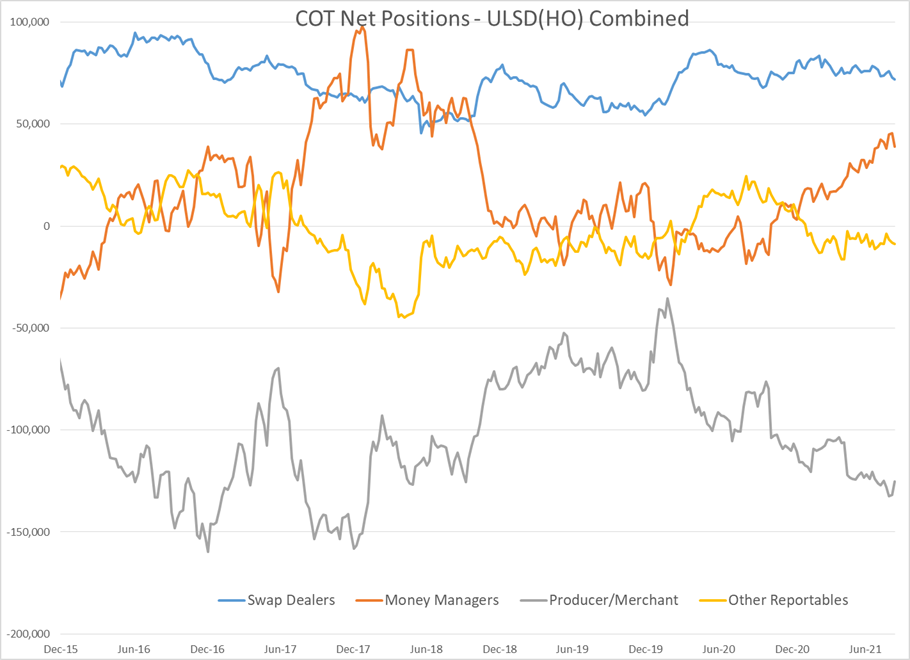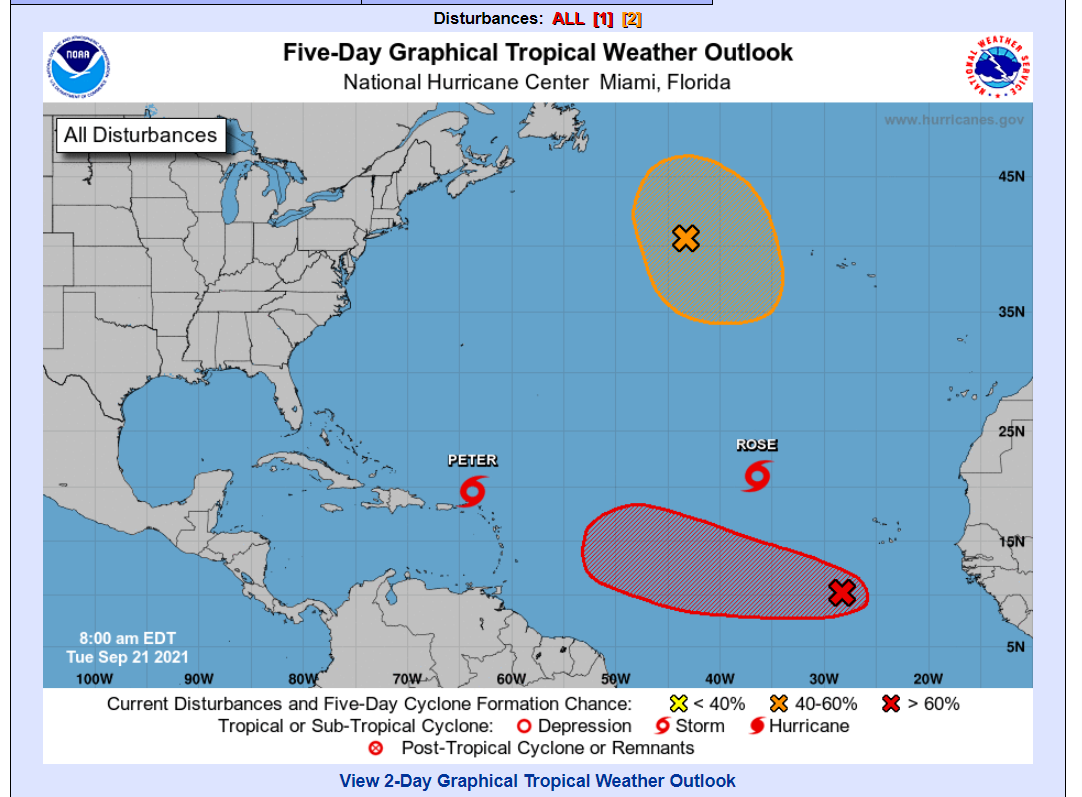Biggest Declines Of The Year For Some Stock Indices

Energy and equity markets are seeing a modest recovery bounce this morning after Monday’s heavy selling that saw the biggest declines of the year for some stock indices. Contagion fears and FED uncertainty continue to be the major themes roiling markets this week, but as the Volatility index chart below shows, those themes are bothering stock markets more than they are energy.
There’s an interesting phenomenon happening on the diesel forward curve over the past week. While prompt month prices hold near 3 year highs, values 1 year forward and beyond have dipped below where they were trading a month ago. That could be a sign that diesel producers (aka oil refiners) are getting comfortable locking in crack spreads at current levels as the net short position held by the producers & merchant trade category is hovering near a 3 year low. WTI is seeing a similar pricing phenomenon with the forward curve moving into a steeper backwardation.
Unlike diesel however, crude oil is not seeing hedging increases by producers. In fact, the producer/merchant category is net long WTI, and the swap dealer short position hasn’t moved much in several months, suggesting the price action has more to do with extended outages in the Gulf of Mexico from Ida, than a desire by producers to lock in values around $70, even though they were more willing to lock in a year ago when prices were only at $40.
Tropical Storms Peter & Rose continue to churn across the Atlantic, but don’t appear to be a threat to the US. The system that’s moving off the African coast is looking more ominous however, with 90% odds of developing into a storm named Sam, and on a path that gives increased odds of heading towards either the Gulf or East coast.
Shell agreed to sell its assets in the Permian basin to Conoco this week in a deal valued at $9.5 billion. This continues a trend of oil majors based in Europe rapidly shedding traditional assets in a move towards renewables, while US based majors seem to be taking a much more conservative approach to the energy transition.
Another day, another large selloff in Ethanol RINs, which reached a fresh 7 month low Monday, trading below $1.10/RIN for much of the day as the industry continues to wait on blending targets to be released.
Click here to download a PDF of today's TACenergy Market Talk.
News & Views
View All
Energy Futures Are Caught Up In Headline Tug-O-War This Morning
Energy futures are caught up in headline tug-o-war this morning with Canadian oil production concerns and a positive US GDP report trying to push prices higher while sinking Chinese demand worries and Gaza ceasefire hopes are applying downward pressure. The latter two seem to be favored more so far this morning with WTI and Brent crude oil futures down ~45 cents per barrel, while gasoline and diesel prices are down about half a cent and two cents, respectively.
No news is good news? Chicago gasoline prices dropped nearly 30 cents yesterday, despite there not being any update on Exxon’s Joliet refinery after further damage was discovered Wednesday. Its tough to say if traders have realized the supply situation isn’t as bad as originally thought or if this historically volatile market is just being itself (aka ‘Chicago being Chicago’).
The rain isn’t letting up along the Texas Gulf Coast today and is forecasted to carry on through the weekend. While much of the greater Houston area is under flood watch, only two refineries are within the (more serious) flood warning area: Marathon’s Galveston Bay and Valero’s Texas City refineries. However, notification that more work is needed at Phillip’s 66 Borger refinery (up in the panhandle) is the only filing we’ve seen come through the TECQ, so far.
Premiums over the tariff on Colonial’s Line 1 (aka linespace value) returned to zero yesterday, and actually traded in the negatives, after its extended run of positive values atypical of this time of year. Line 1’s counterpart, Line 2, which carries distillates from Houston to Greensboro NC, has traded at a discount so far this year, due to the healthy, if not over-, supply of diesel along the eastern seaboard.
Click here to download a PDF of today's TACenergy Market Talk.

WTI And Brent Crude Oil Futures Are Trading ~$1.50 Per Barrel Lower In Pre-Market Trading
The across-the-board drawdown in national energy stockpiles, as reported by the Department of Energy yesterday, stoked bullish sentiment Wednesday and prompt month gasoline, diesel, and crude oil futures published gains on the day. Those gains are being given back this morning.
The surprise rate cut by the People’s Bank of China is being blamed for the selling we are seeing in energy markets this morning. While the interest rate drop in both short- and medium-term loans won’t likely affect energy prices outright, the concern lies in the overall economic health of the world’s second largest economy and crude oil consumer. Prompt month WTI and Brent crude oil futures are trading ~$1.50 per barrel lower in pre-market trading, gasoline and diesel are following suit, shaving off .0400-.0450 per gallon.
Chicagoland RBOB has maintained its 60-cent premium over New York prices through this morning and shows no sign of coming down any time soon. Quite the opposite in fact: the storm damage, which knocked Exxon Mobil’s Joliet refinery offline on 7/15, seems to be more extensive than initially thought, potentially extending the repair time and pushing back the expected return date.
There are three main refineries that feed the Chicago market, the impact from one of them shutting down abruptly can be seen in the charts derived from aforementioned data published by the DOE. Refinery throughput in PADD 2 dropped 183,000 barrels per day, driving gasoline stockpiles in the area down to a new 5-year seasonal low.
While it seems all is quiet on the Atlantic front (for now), America’s Refineryland is forecasted to receive non-stop rain and thunderstorms for the next four days. While it may not be as dramatic as a hurricane, flooding and power outages can shut down refineries, and cities for that matter, all the same, as we learned from Beryl.

